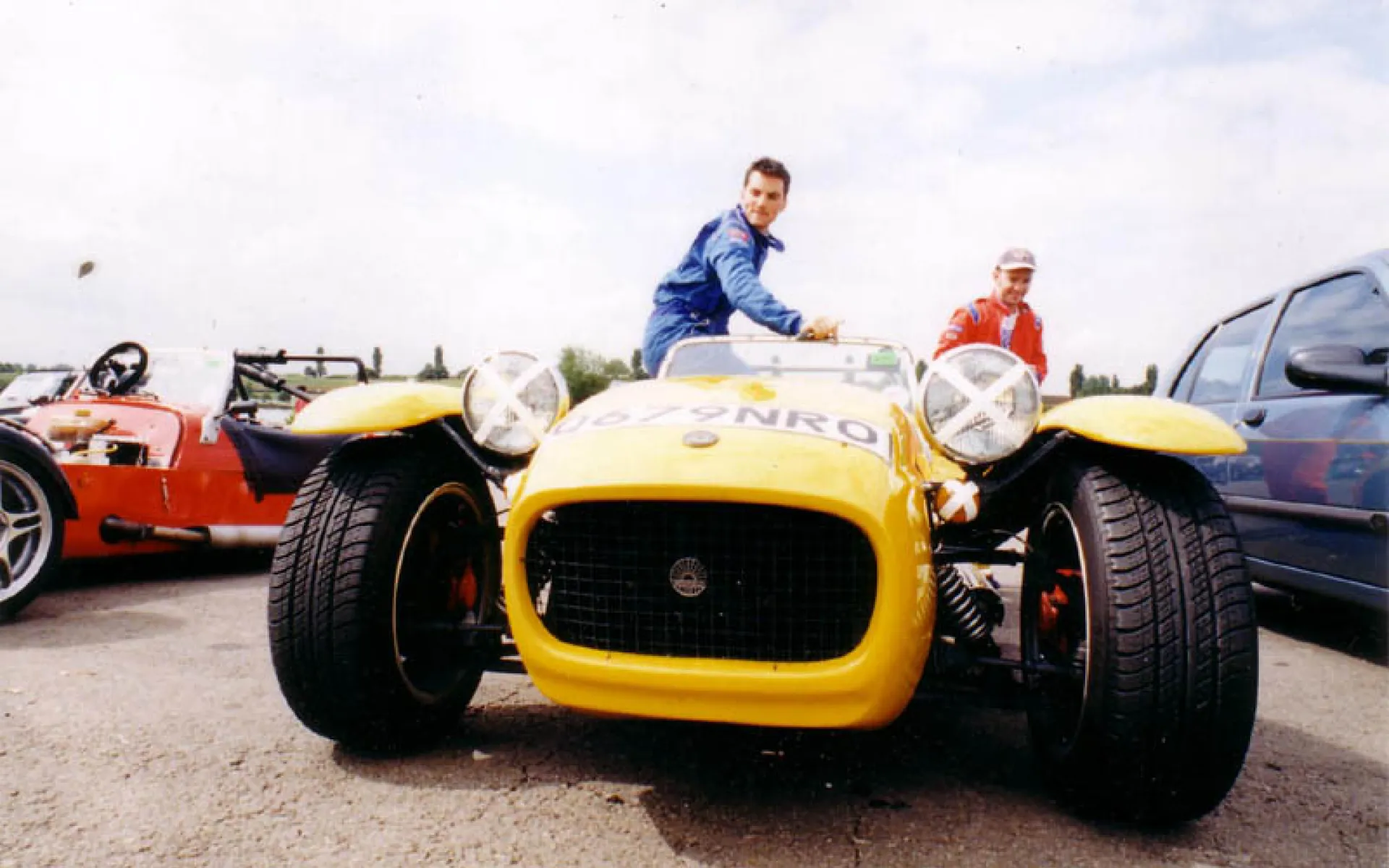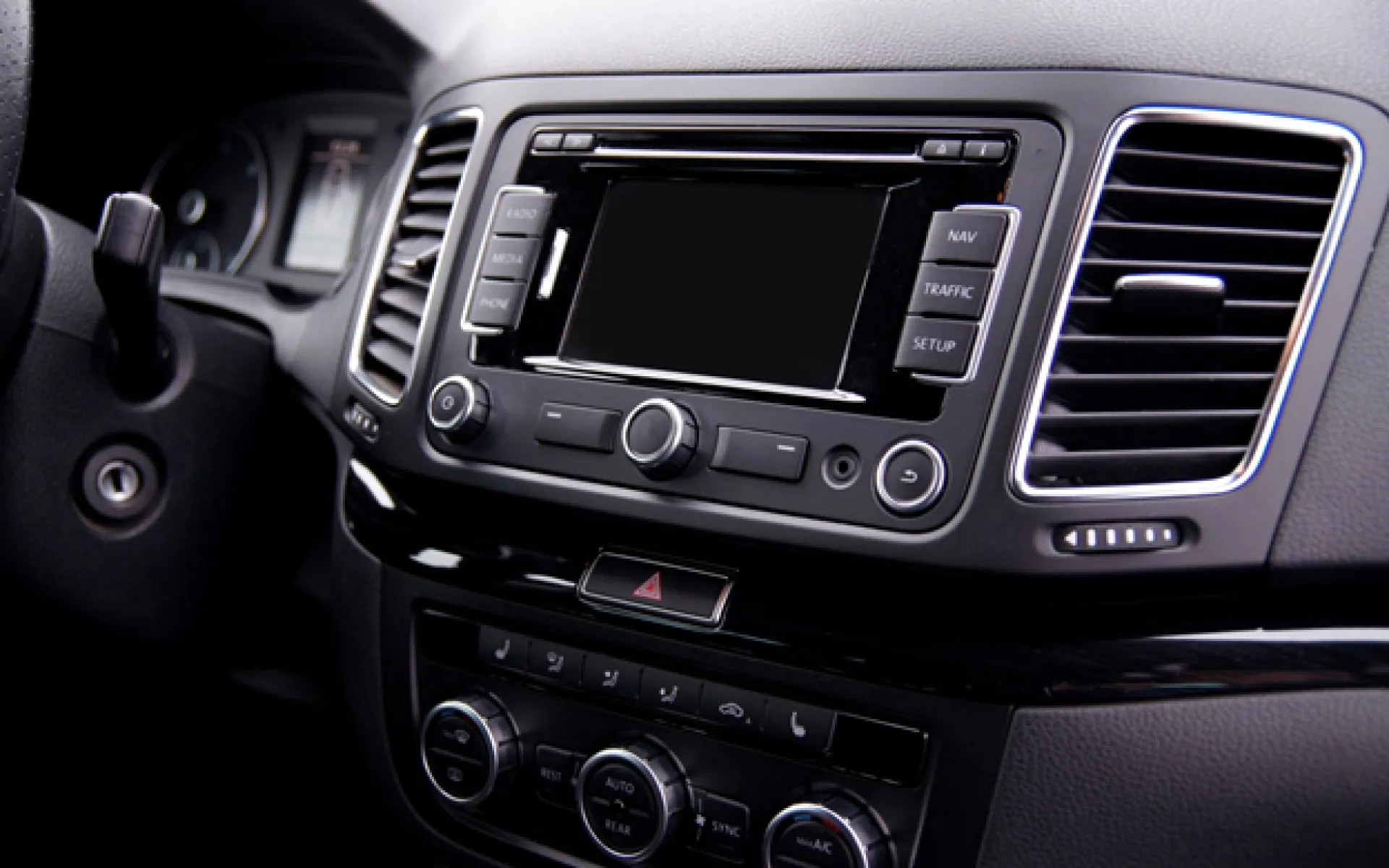Search
Guide to Westfield Sportcar cars and buying tips
Raced & Rallied present a short guide on the different types of cars in the Westfield Sportscar range and offer some tips on buying these cars second hand.
Models in the Westfield range
Westfield PreLit
This was the original 'copy' of the Lotus/Caterham 7, so called as it is 'pre litigation' ie. before they were forced to change the design! Alluminium panels are utilised, suspension/components from the MG and Triumph Herald. Identical in size/shape to the Caterham. Kit parts are no longer officially available but replacements can be sourced from the Westfield factory.
Westfield SE
Effectively the base of the model we see today. The SE is an English axle'd car and has now stopped official production. While the rear axle design may seem a little outdated this does not detract from the handling on 90% of roads and tracks, in fact, in some cases it is preferred due to being lighter than the more modern independent versions.
Westfield SEi
Amongst other evolution, the major changes was the introduction of fully independent rear suspension, a major advantage on very bumpy/ripply roads.
Westfield SEiW
This stands for the 'SEiW(ide)' version of the car. A wider cockpit meaning more room and increasing seating options.
Westfield SEight
The SEight was sold with the Rover V8 engine, a formidable pairing. Customers have fitted everything from TVR engines, to short block Chevy engines and more. Tends to be a very commited subsect of the Westfield fraternity.
Westfield SDV
Standing for 'single donor' vehicle' this is the factory kit to build the car from one base vehicle. Build and component quality therefore depends very much on the quality of the vehicle used and the skill of the person building it.
Westfield Sport 2000
A 190bhp Ford Duratec engine, various factory limited edition items and you have the Westfield Sport 2000.
Westfield Mega Range (Megabusa / Megablade)
Available both factory built and home built the Megarange incorporates Westfield's bike engine options, the Megabusa being the preferred option.
Westfied XTR2 / XTR4
In a significant departure from their usual design, the XTR2/XTR4 is more 'Radical-esque' in design. The former utilising a Hayabusa plant, the latter the car based Audi engine.
Westfield XI
Orginally built back in 1982 the XI is now back in production due to popular demand. Fitted with the BMC 1275 A series engine. It utilises donor parts from Midget, aimed to mirror the looks of the classic Lotus the modern release is updated with the necessary work to enable it to pass the SVA test.
Westfield FW400
Briefly the FW400 was the king of the kit cars, boasting a highly strung K Series engine, Hewland transaxle and innovative carbon fibre chassis it took Caterham's even more highly strung R500 to topple it (at least in figures).
Home built Westfields
From the humble Ford Pinto and Crossflow, to every bike engine under the sun, to V8s, rotaries and more, the ingeniuity of kit car owners everywhere means there are literally 100s of different engine configurations out there all with the pluses and minuses.
Important tips when buying a Westfield
- inspect the suspension components
With exposed suspension, this can be a dead giveaway as to the car's condition and to how well it has been kept. Are the shocks rusted beyond comprehension? Can the spring mounts still be adjusted? If running adjustable suspension does the clicker still click smoothly? If running bushes, are they oozing and crumbling out of the wishbones? Inspect all these areas.
- examine the quality of the build
As with any kit-car, build quality varies hugely. These are not production line, robot built cars - they are home built by enthuasiasts and the quality of the build is directly reflected from the quality of the person who built it. If, on light inspection, you see masses of twisted wire behind the dash joined with insulating tape then you might fear for the quality elsewhere, if however, you see nicely laid out correctly terminated wires then this might be an indication of the quality throughout. Of course, this is just one simple area, but if you don't trust the build quality you can see, don't trust the build quality you can't see!
- don't necessarily discount a sprint, competition or track car as a purchase
More often than not, a car made for use on the track will have had more frequent thorough inspections and use a higher quality of components throughout than a car made purely for road. The downside to a competition car may be the harshness of the ride (suspension) and the noise - although some may consider these benefits!
- has the chassis been repaired or hit?
Most accidents in Westfields seem to be front enders, while repairable, it does need to be done correctly - preferably by the factory in a jig. Examine the chassis bars leading from the front of the car to scuttle (centre section bulkhead), you're looking ripples or creases here. A weak area of the chassis to check is the diff carrier, get underneath the car and look at the mounts that hold the diff in place, you're looking for any cracks on the welds and joins.
- ensure documentation is up to date
Does the car have a valid V5 with the engine number matching? Engine changes are not uncommon so you want to ensure the hassle of sorting the new numbers is not yours. Similarly, all cars now have to pass SVA, examine these documents to check all is in order.
Manufacturers Link: www.westfieldsportscars.co.uk
Club Link: www.wssc.co.uk
More Blog Articles
Web development by Caribbean New Media.


